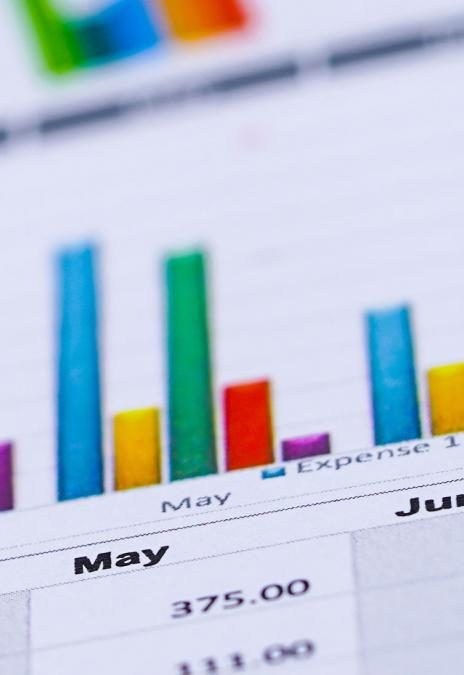COMESA Statistics
The COMESA Treaty provides the policy context for the development of statistics in the COMESA region. The treaty envisages a four-pronged strategy for the development of statistics namely:
A Common Market Information System – This was to be established for purposes of reviewing the functioning and development of the Common Market. Issues to be handled included data flows to the Secretariat, improvement of data collection by Member States, analysis of statistical information and timely dissemination.
Cooperation in Statistical Development – This recognizes the importance of harmonized statistics at the regional and international level, exchange of skills among Member States, cooperation in methodological issues, data dissemination policies and the adoption of the Addis Ababa Plan of Action for Statistical Development in Africa.
Comprehensive Information System – This was to look at the development of a trade information network that reduces information asymmetries on trade opportunities in the region.
Depository Library – In addition to documents and printed material, databases are envisaged as important for the development of the Comprehensive Information System.
The COMESA Statistics Strategy (2014-2017) specifically provides guidance for implementation of statistical development in COMESA.
-The global objectives of the COMESA statistics Strategy are:
-To ensure that statistics in the region are produced using harmonized frameworks and/or international standards in order to ensure comparability.
-To enhance the quality, availability and comprehensiveness of statistics in the region.
-To ensure a wide dissemination of statistical outputs for use by policy makers and COMESA member States in
their review and monitoring of the Common Market.
COMESA Statistics Data Portal
Click here
STATISTICS POLICY
At the policy level the implementation of the Strategy is coordinated by the COMESA Committee on Statistical Matters, which reports to the COMESA Council of Ministers. Statistical Regulations define the work flow from statistical compilation and harmonization to data transmission and dissemination.
Merchandise trade statistics have been compiled at the Secretariat for the longest period. These statistics are derived in most cases from Member Country EUROTRACE databases. Statistics on International Trade in Services are derived from the balance of payments current account data from Central Banks of Member Countries.
The harmonized consumer price index is compiled by COMESA Member countries from their consumer price index monthly compilation. This index compiled and disseminated monthly and was launched in 2011.
COMESA Member Countries have participated and will continue participating in different rounds of the world wide project on the International Comparison Program (ICP).
This is the most comprehensive endeavor to measure purchasing power parities (PPPs) across world economies.
Infrastructure statistics include energy, transport and information technology and communication indicators. COMESA was part of the African Infrastructure Knowledge Program and together with the African development bank has been involved in developing this cluster in Member countries.
Foreign direct investment statistics and statistics on activities of transnational corporations have been developed as part of a joint UNCTAD-COMESA effort to develop capacity in Member States to compile these statistics. So far as number of COMESA countries collect FDI statistics based on enterprise surveys.
Industrial Statistics are compiled from Member States. Recognizing the different stages of implementation of the recommendations in the 2008 international Recommendations on Industrial Statistics (IRIS 2008) and the International Recommendations for the Index of Industrial Production (2010 IRIIP), COMESA together with UNIDO are involved in building capacity in Member states.
For Environment Statistics, COMESA is building capacity in member states on the implementation of the Framework for Development of Industrial Statistics (FDES). The United Nations Statistics Division is a key partner in this endeavor.
COMESA’s role on Agriculture Statistics falls under the ambit of the African continent’s lead implementers of the Global Strategy for Agriculture and Rural Statistics.
All these statistics and related statistical products are disseminated on the COMSTAT data portal.
Underpinning COMESA’s statistical development strategy is the creation synergies with other regional and sub regional organizations as well as international organizations to ensure rationalization and efficiency in the development of statistics in Member Countries. Among the critical inputs the global statistical community provides for COMESA’s regional program is the drafting of global statistical standards.
Our Team
The Statistics Unit is comprised of the following team members.

Themba Munalula
Head – Statistics

Wilson Chizebuka
ADP Expert Eurotrace

Happy Bota
Data Analyst

Anthony Walakira
Trade Data Anylyst & Monitoring Expert
This post is also available in: العربية (Arabic) Français (French)





